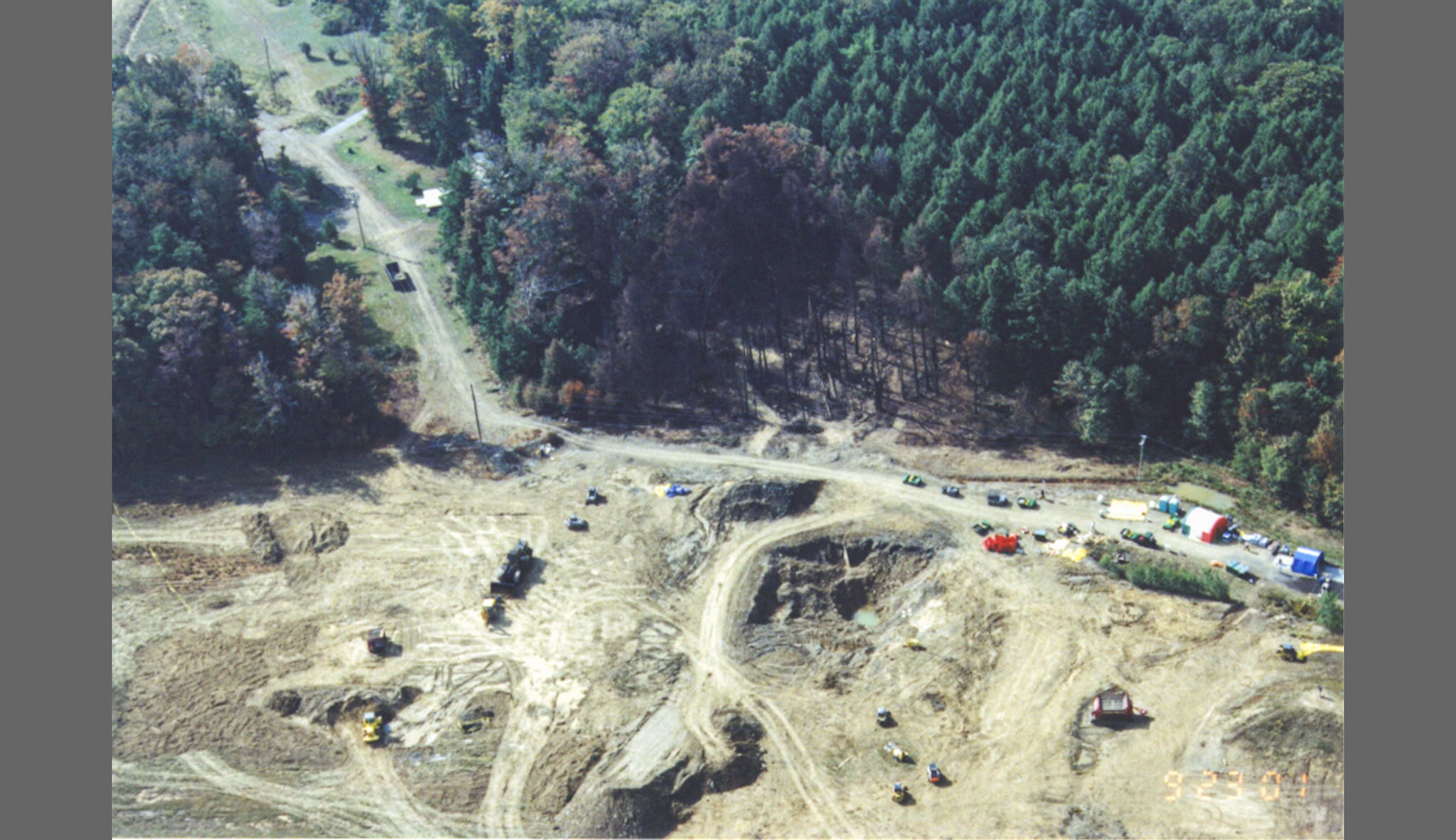Health Effects of 9/11
More than twenty years later, thousands suffer with chronic health conditions linked to 9/11 exposures. Many have lost their lives to these health conditions.
Introduction
On September 11, 2001, terrorists hijacked four commercial airplanes, using them as weapons in a coordinated attack against the United States. In New York City, two planes (American Airlines Flight 11 and United Airlines Flight 175) crashed into the World Trade Center (WTC) North and South Towers (Twin Towers) in Lower Manhattan. One plane (American Airlines Flight 77) crashed into the Pentagon military building in Arlington, Virginia, and another plane (United Airlines Flight 93) crashed into a field near Shanksville, Pennsylvania. All passengers and crew members aboard those four flights died. In one day, almost 3,000 people died across these three locations. However, the tragedy did not end there. Since that day, nearly 80,000 people have been diagnosed with physical and mental health conditions as a result of exposure to the dust, smoke, debris, and traumatic events of 9/11. More than twenty years later, thousands continue to suffer with chronic health conditions linked to 9/11 exposures, and many have lost their lives to these health conditions. Experts predict that the health effects from these attacks will continue for many decades to come.
New York City Police Aviation Unit Detective Gregory Semendinger photographed the spread of the dust cloud from his vantage point above Lower Manhattan on 9/11.
Learn more about his experience.
Page Last Reviewed: October 23, 2023 | Page Last Updated: November 1, 2023



